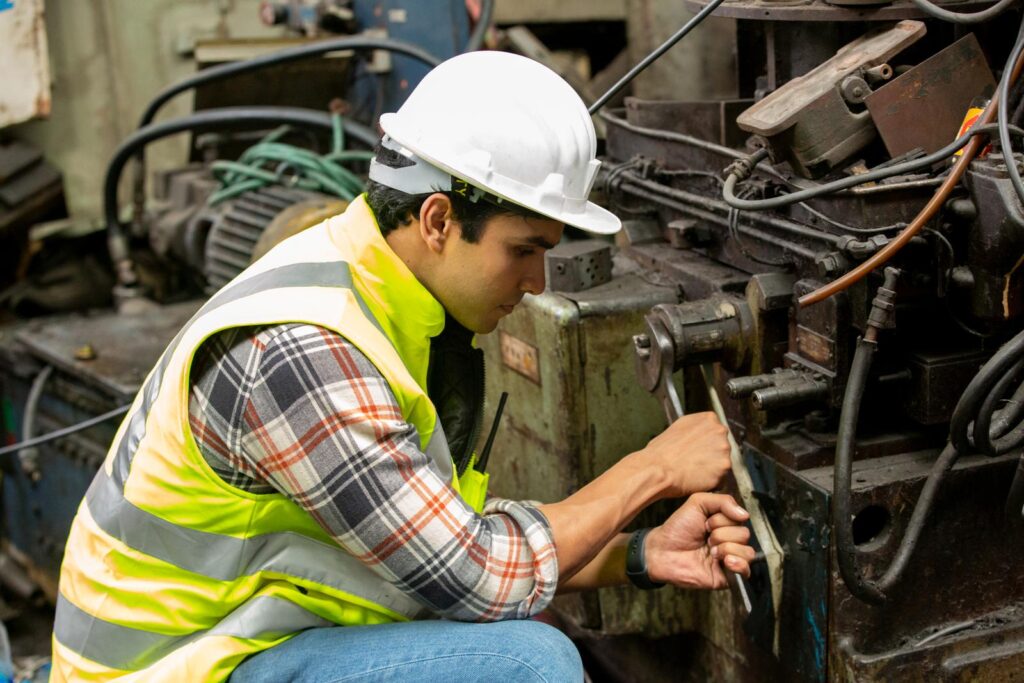Let’s talk about your dream project.
Schedule a free consultation now
Choosing the right air slide (fluidising) fabric for your operation is essential for achieving a successful end product. Temperature resistance and air permeability are two of the most important factors to consider when selecting the fabric since different types of fabrics have their advantages and disadvantages when it comes to these factors. In this article, we will discuss the pros and cons of different types of fabrics, emphasising temperature resistance and air permeability. We will overview these factors and discuss the best temperature resistance and air permeability fabrics.
When choosing fabrics for an air slide, there are multiple options available, each with pros and cons. Polyester/cotton blends offer a good balance between strength and cost. They are lightweight and durable, making them an ideal choice for many operations. Polypropylene is more abrasion-resistant, making it a great choice in corrosive environments. Finally, polyester is extremely strong and resistant to chemicals and extreme temperatures, making it a great choice for harsh industrial settings.
When considering the type of fabric for air slides, it is important to look at the pros and cons. Polyester/cotton blends are one type of fabric often used for air slides. While these fabrics provide superior strength and durability, they are not as heat resistant as other fabrics, making them less suitable for applications that require high temperatures. Another popular fabric for air slides is polypropylene. While lightweight, strong and heat resistant, it is not as air permeable as other fabrics. Finally, polyester is an excellent choice for air slides as it is strong, lightweight and heat resistant. However, it is not as durable as other fabrics and can be prone to tearing or fraying over time.
Choosing the right air slide (fluidising) fabric for your operation means considering temperature resistance. Many fabrics can be used, but not all perform well in extreme temperatures. The temperature resistance of a fabric depends on several factors, including fabric composition, weave type, and yarn size. Cotton and polyester/cotton blends generally have good temperature resistance, while polypropylene and polyester do not perform well. When selecting a fabric based on temperature resistance, be sure to consider the range of temperatures that will be encountered in the application. Knowing the fabric’s resistance to temperatures can help ensure it will not be damaged by extreme heat or cold.
Air permeability is an important factor in choosing the right air slide fabric. This is because air permeability determines the airflow through the fabric, affecting the overall performance of the air slide. Fibre size, fabric porosity, and weight affect air permeability. A fabric with a low air permeability will offer less airflow than desired. This can cause operational issues such as inadequate conveying performance and material build-up.
Regarding air permeability, polyester/cotton blends tend to be the most suitable fabric. This is because of the combination of small fibre size, high porosity, and lightweight. Polypropylene and polyester, although offering good air permeability, tend to work best in more specific conditions. Therefore, it is important to evaluate all your fabric choices to select the most suitable fabric for your air slide.
Choosing the right air slide (fluidising) fabric for your operation can be difficult, as there are many types of fabrics to choose from with advantages and disadvantages. It is important to consider the temperature resistance and air permeability of the fabric you choose, as these two factors are critical for the longevity and efficiency of your operation. Different types of fabrics can have varying degrees of temperature resistance and air permeability, so it is wise to explore the pros and cons of each type before making a decision.
Polyester/Cotton blends, polypropylene, and polyester are popular choices for air slide fabrics, each offering benefits and drawbacks. Temperature resistance and air permeability should be considered when selecting a fabric, and fabrics with good temperature resistance and air permeability are usually the best choice for most applications.
Choosing the right fabric for your air slide operation is a critical step for ensuring the longevity and efficiency of your operation. Understanding the pros and cons of different fabrics, as well as their temperature resistance and air permeability, will help you to make a more informed decision and ensure the success of your operation.

Air slides are an ingenious technology that is crucial in many industries. They are used to convey bulk materials, such as powders and granular substances, in a
Learn more
In every industry, maintaining operational efficiency and extending the life span of equipment are critical considerations. With its complex machinery and demanding
Learn more
Filter bags play a crucial role in various industries by ensuring efficient air filtration and dust collection. However, when faced with extreme dust challenges,
Learn more